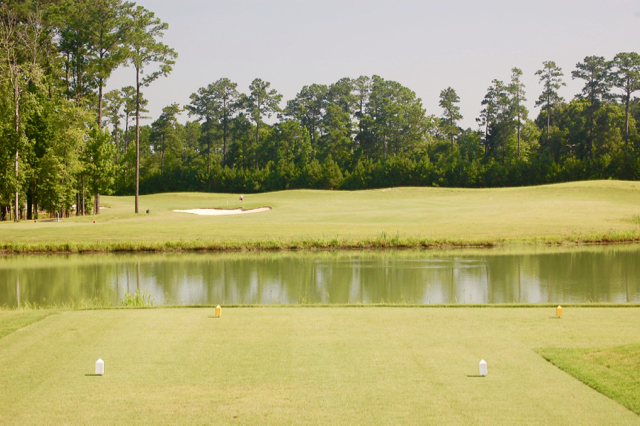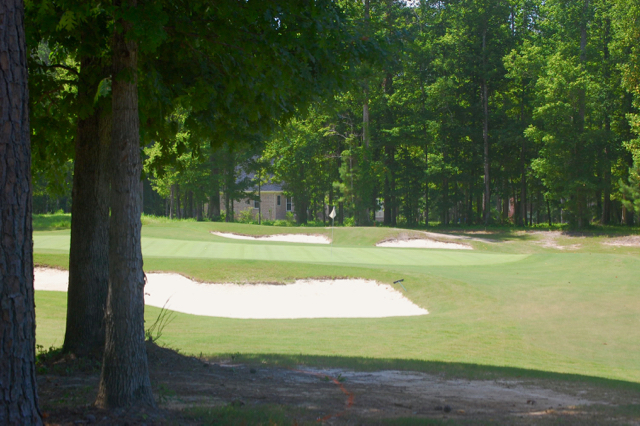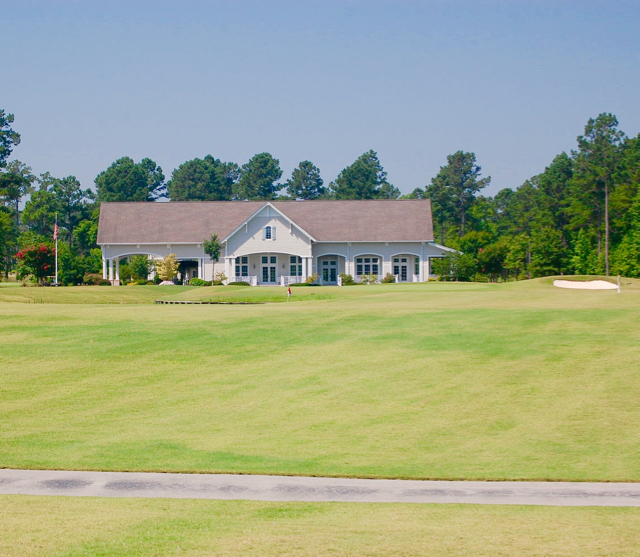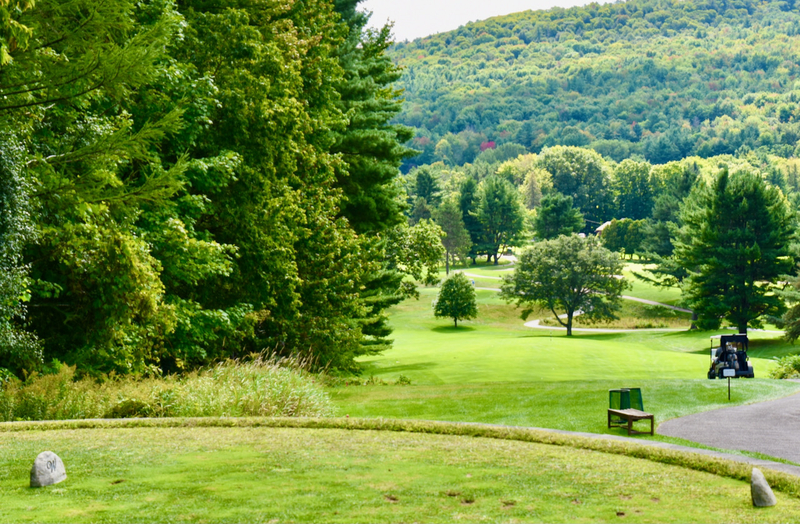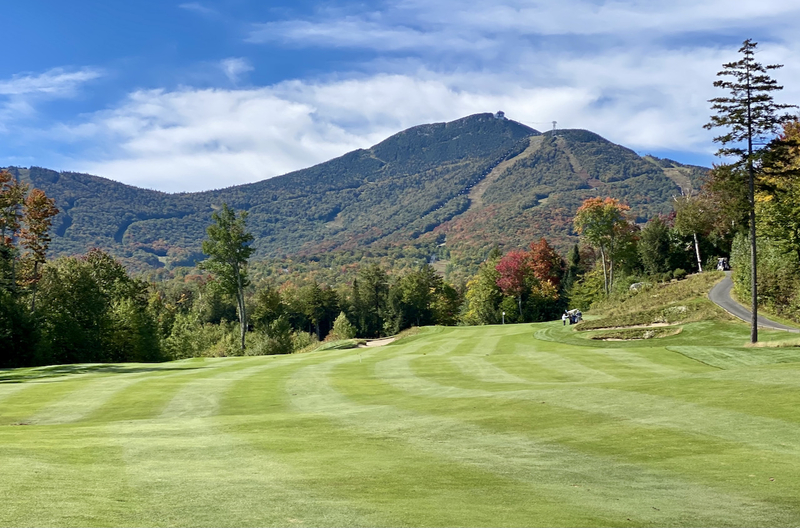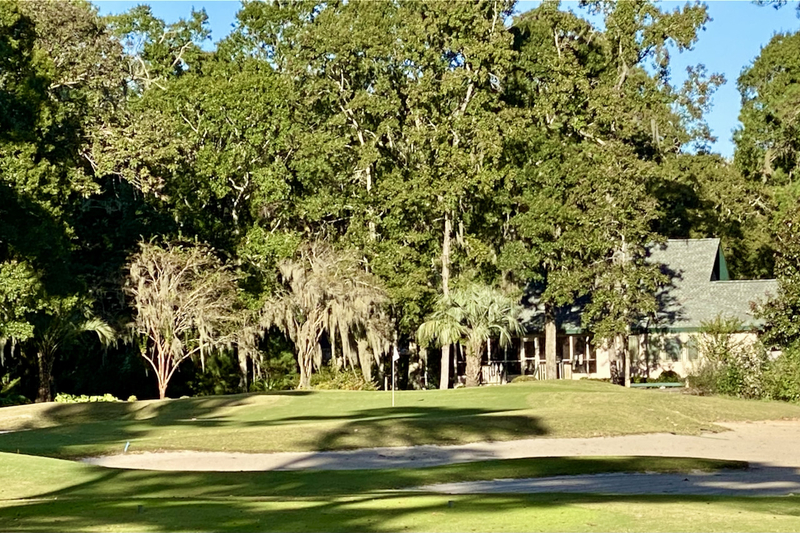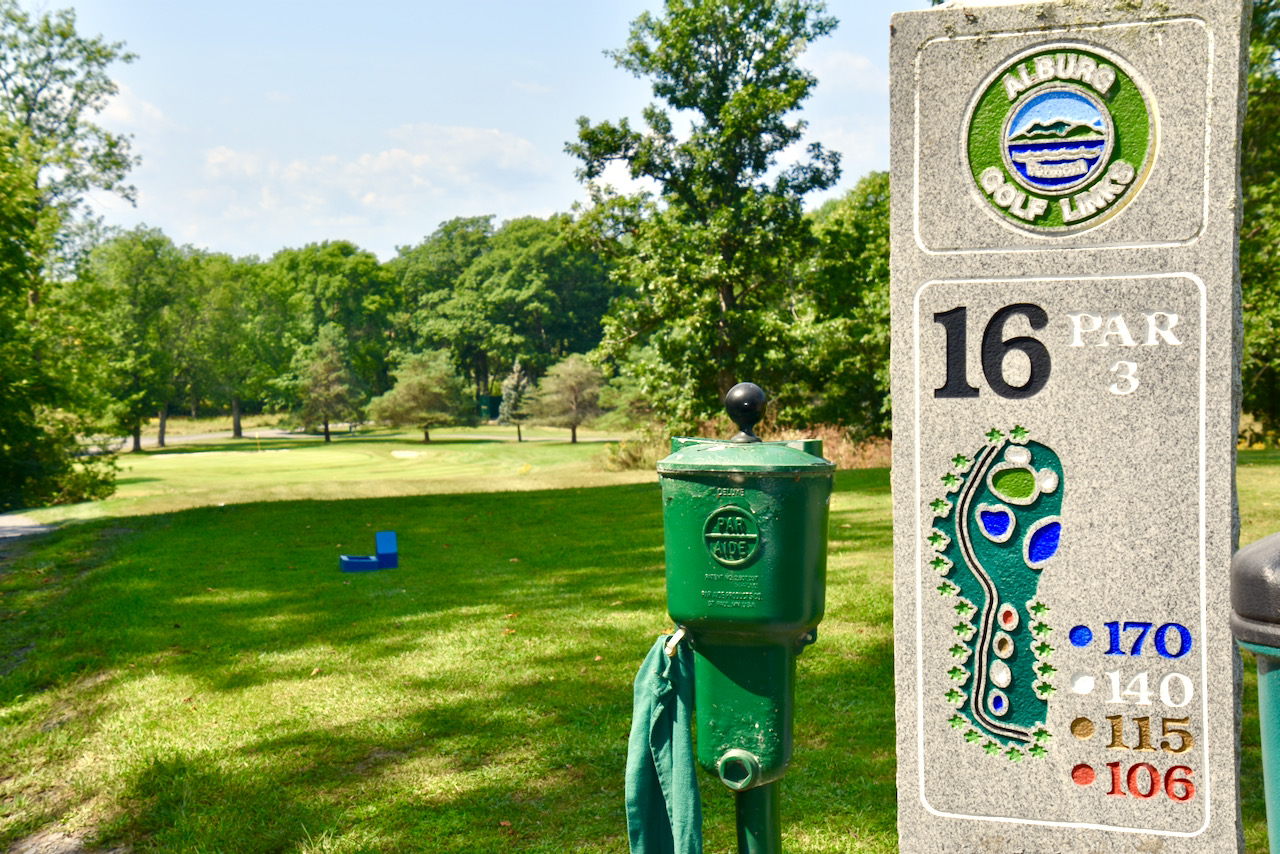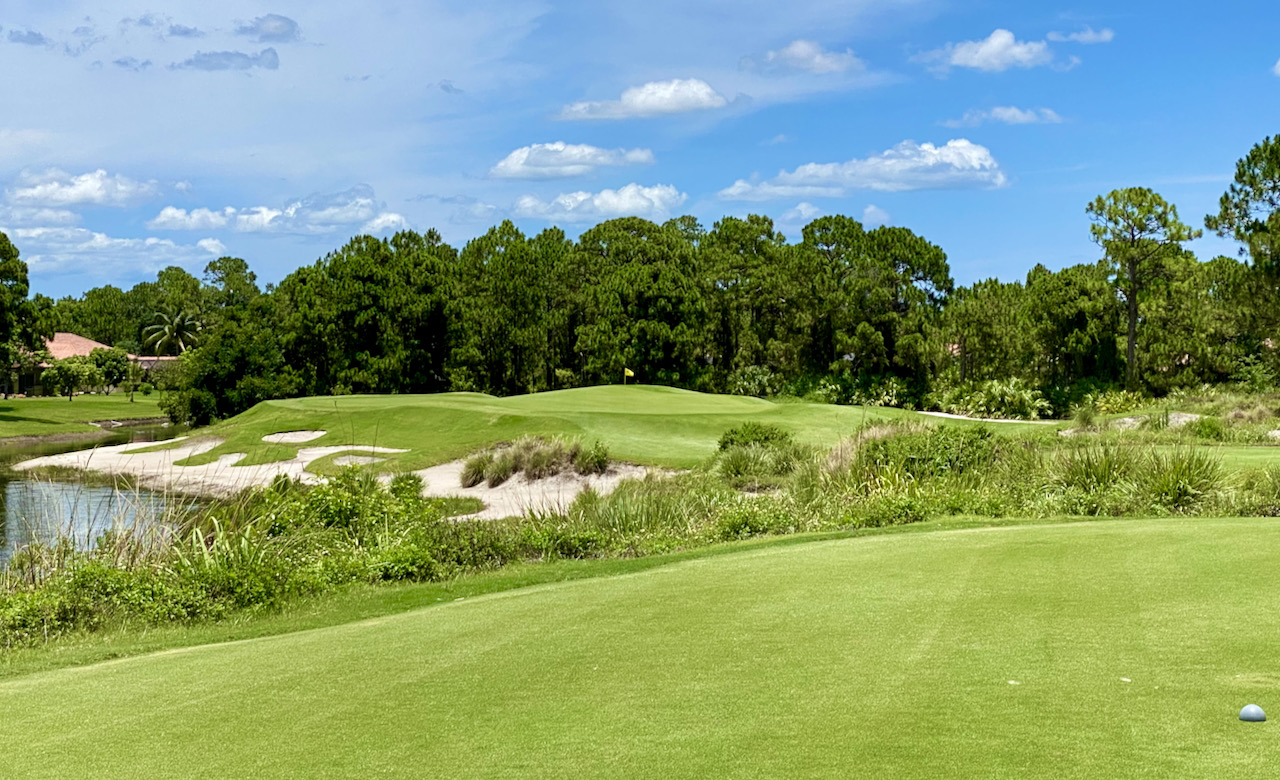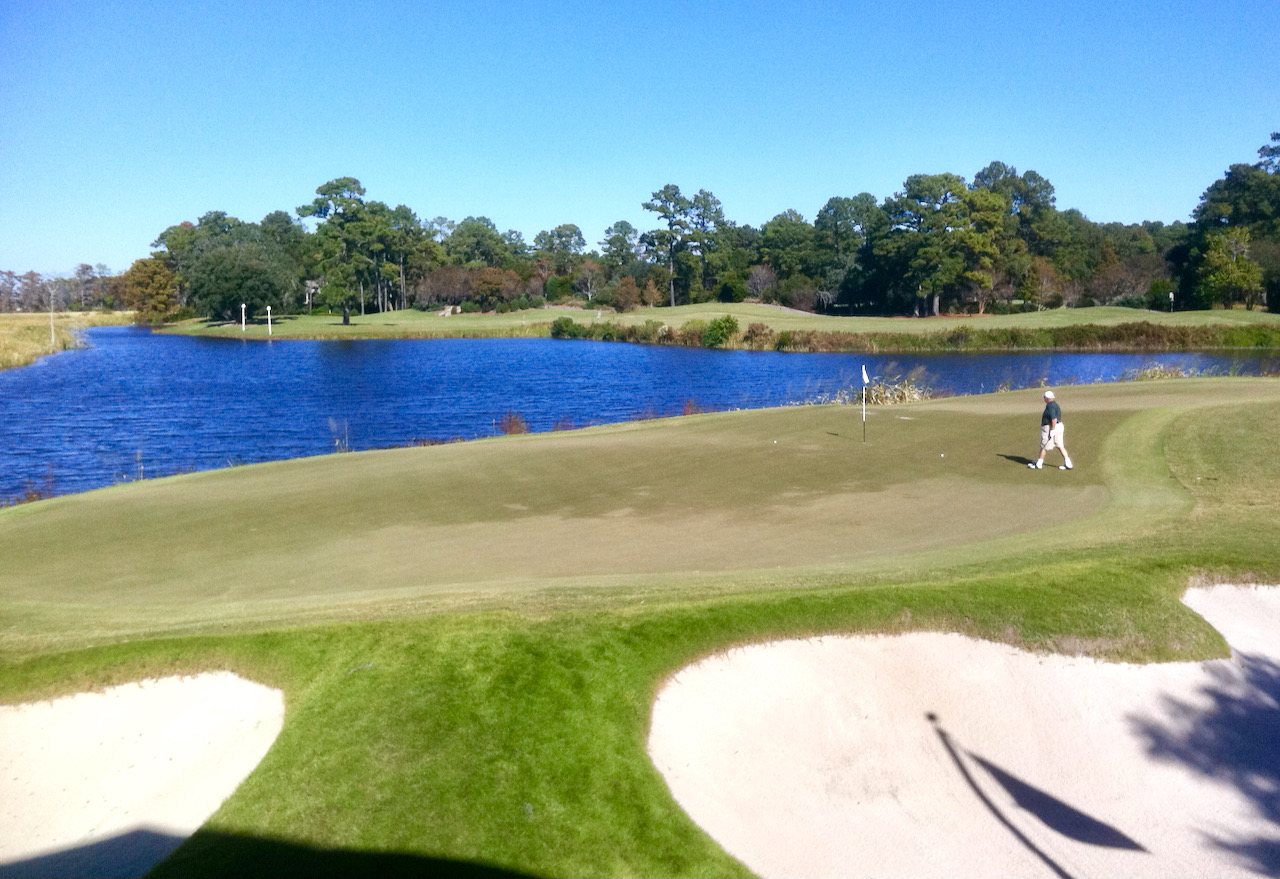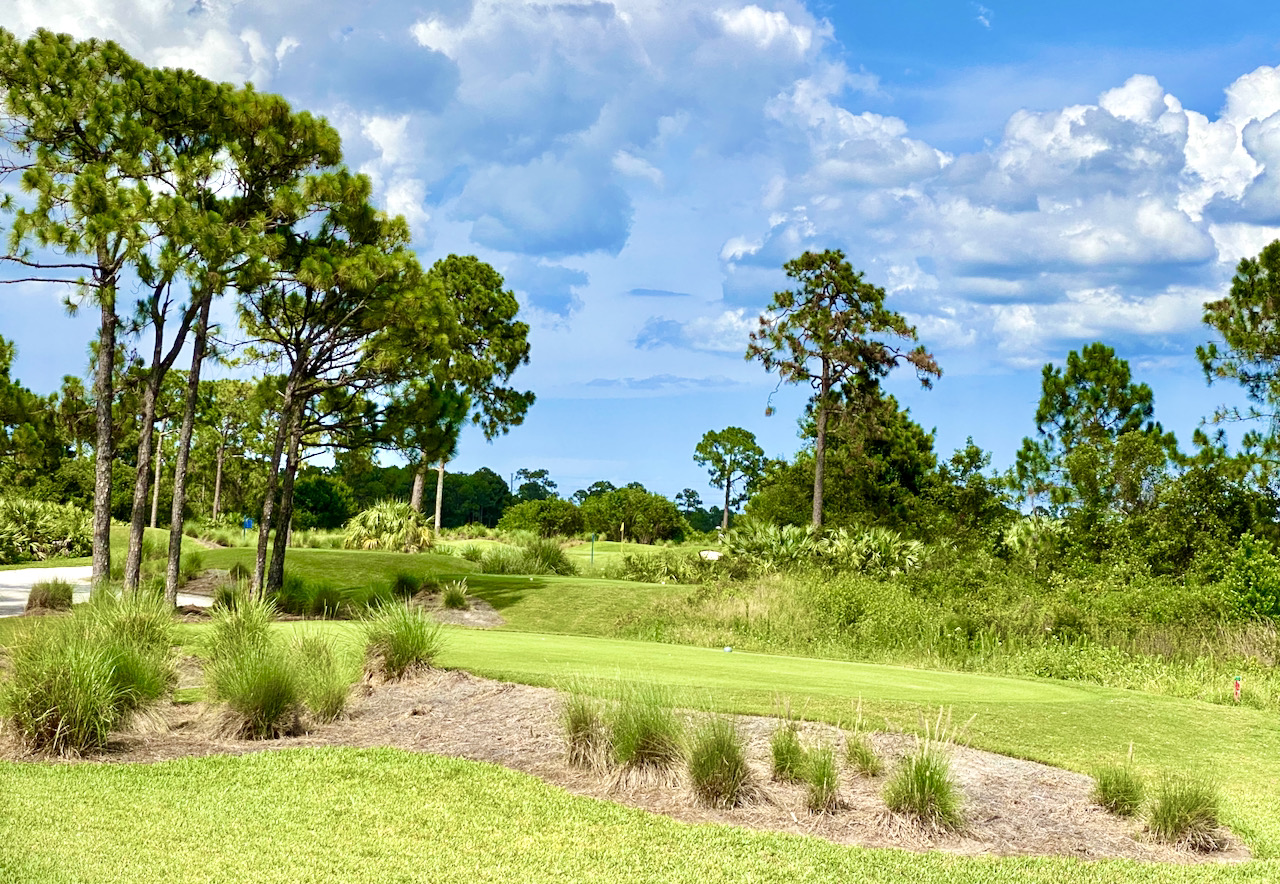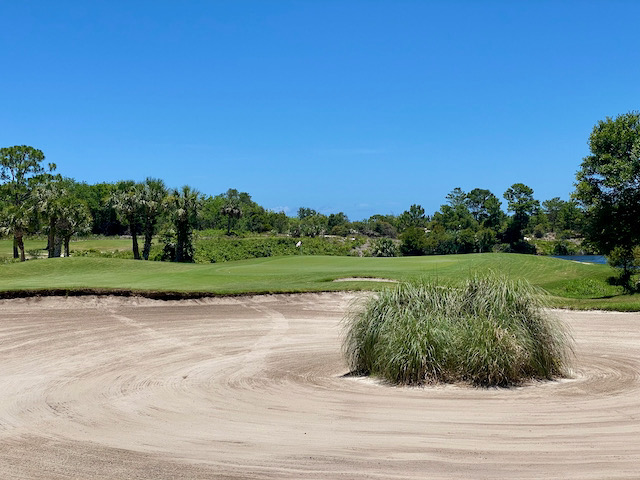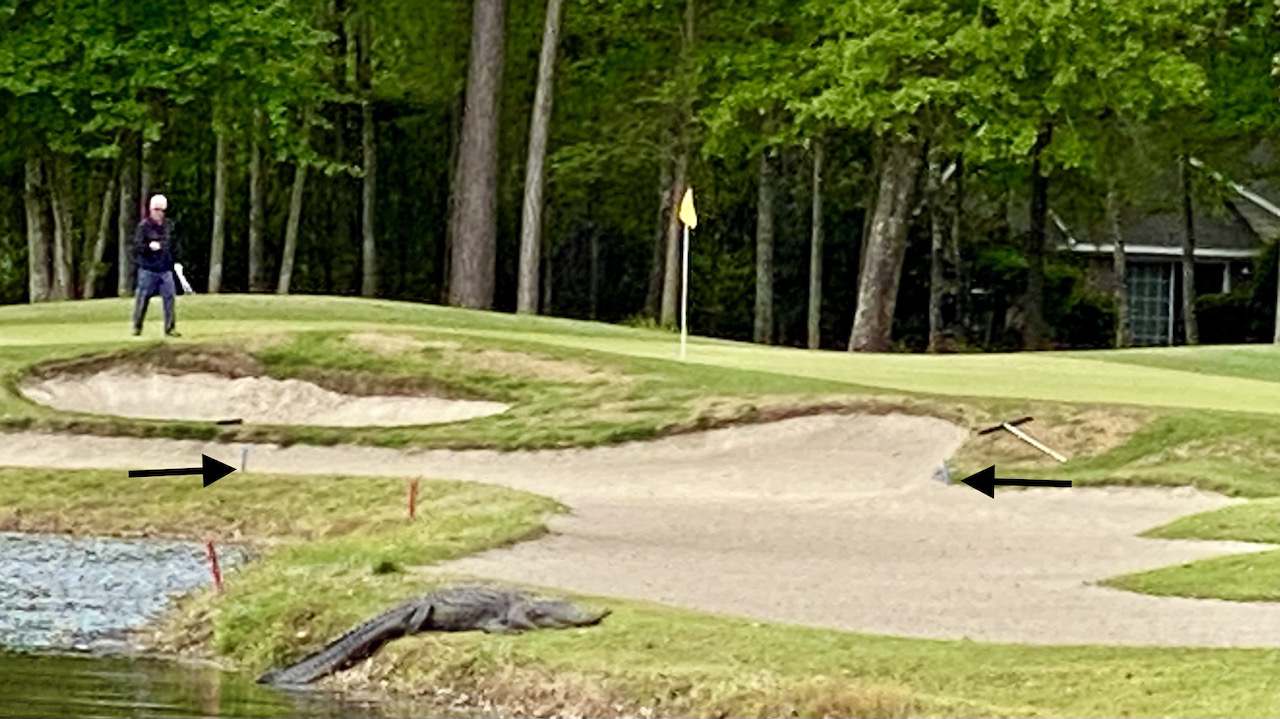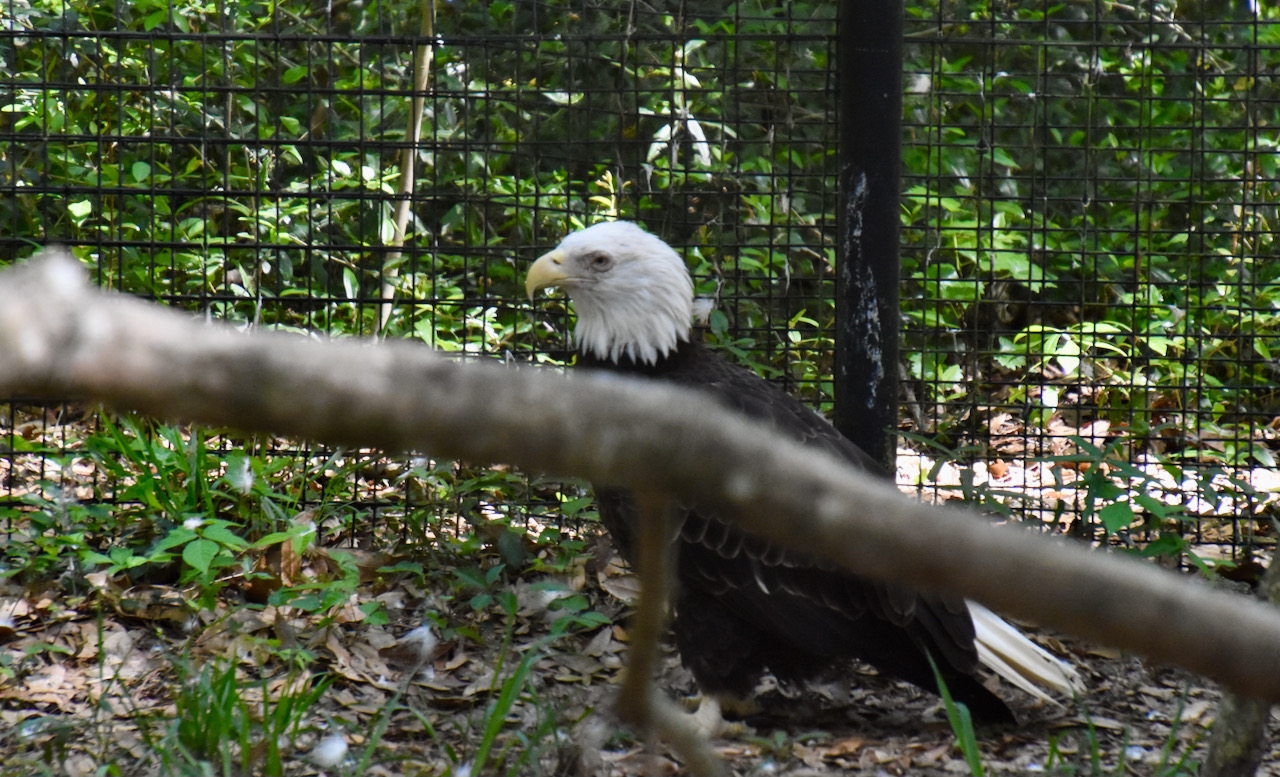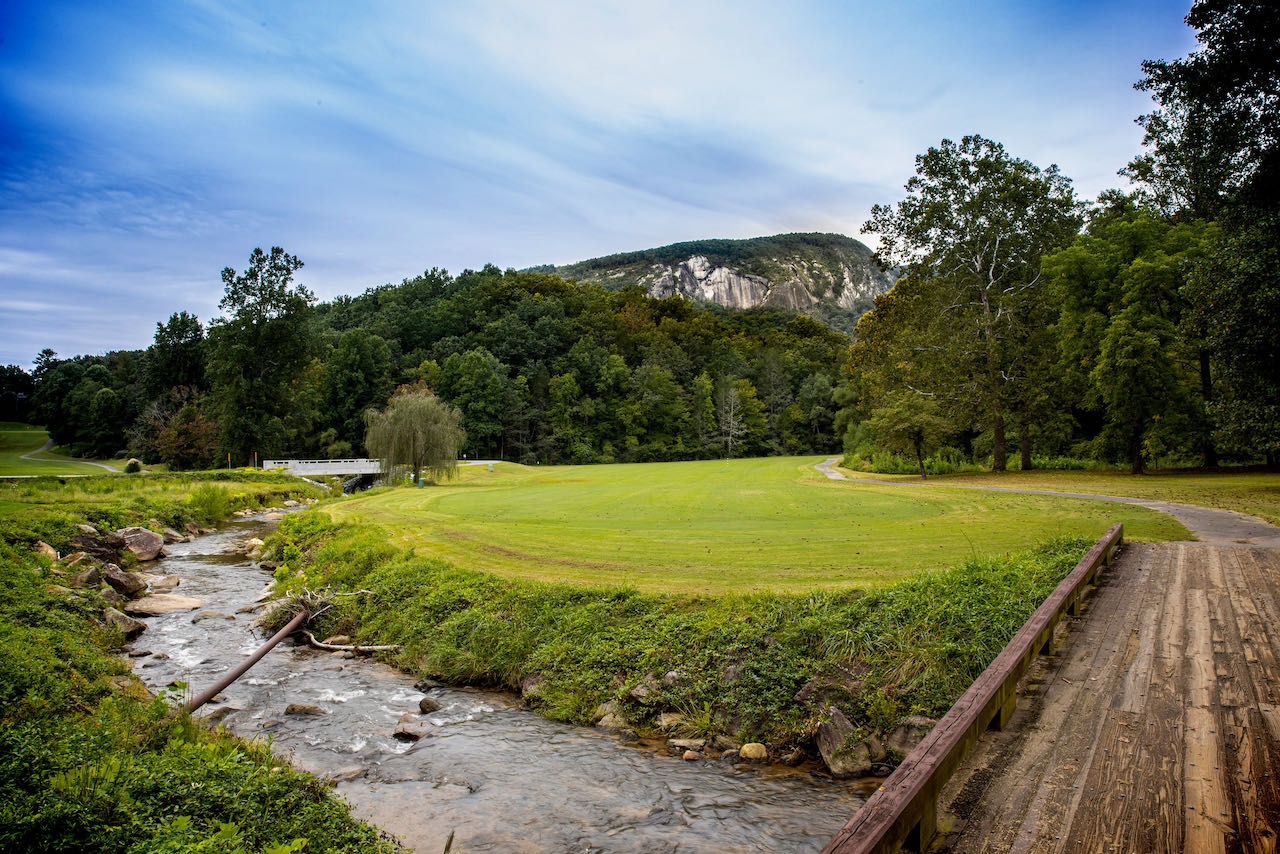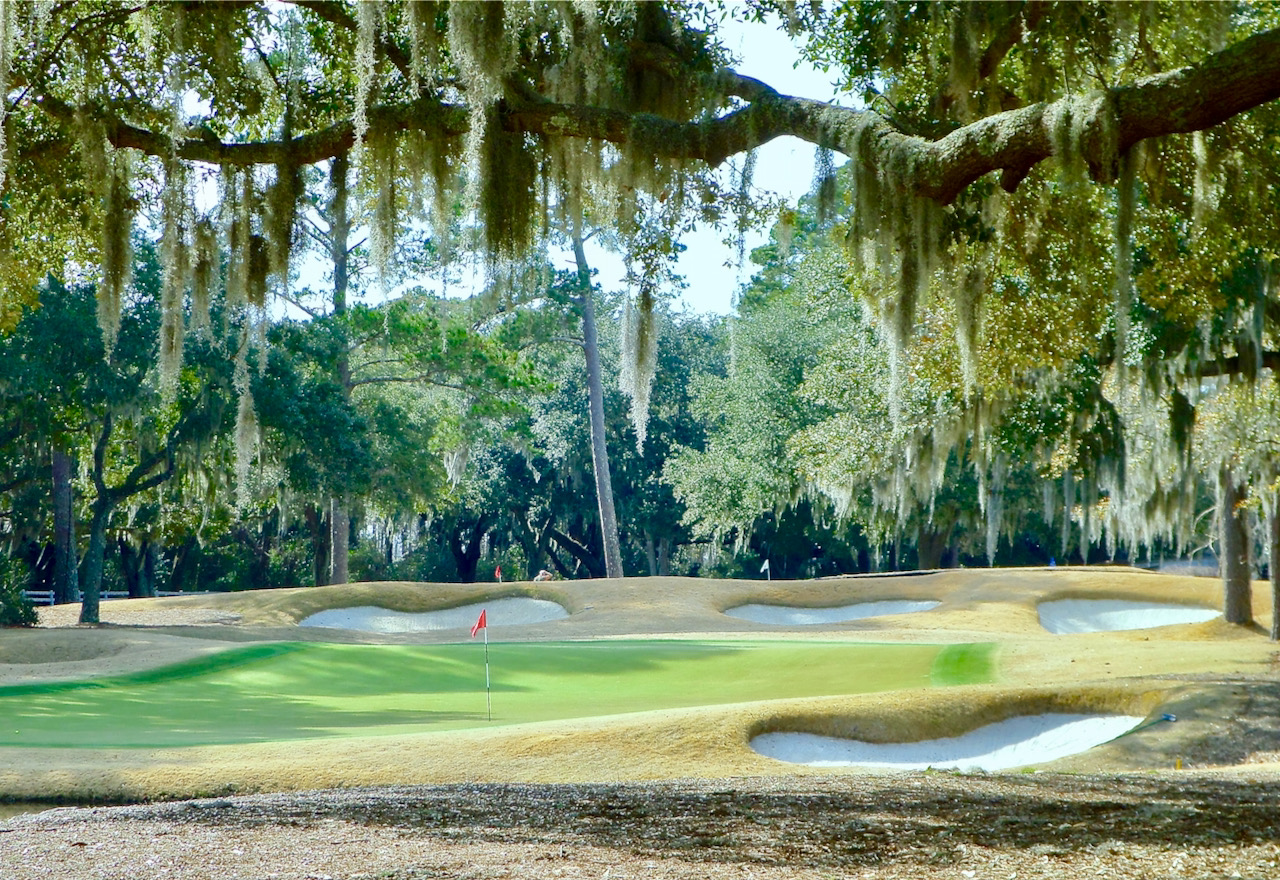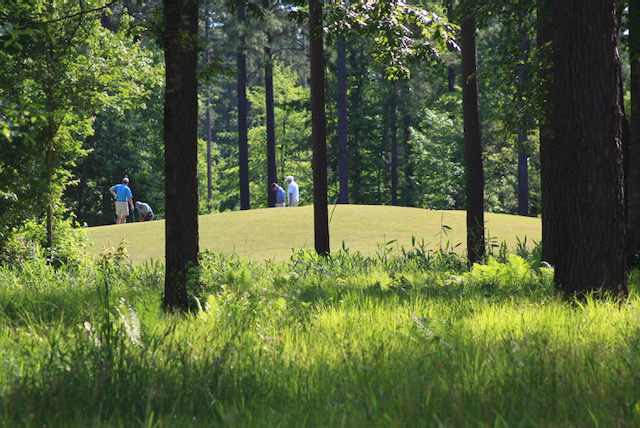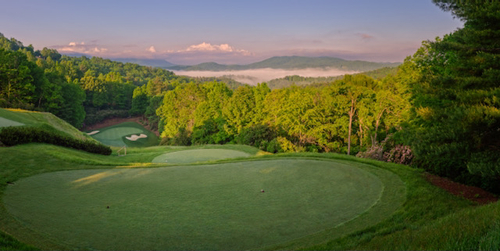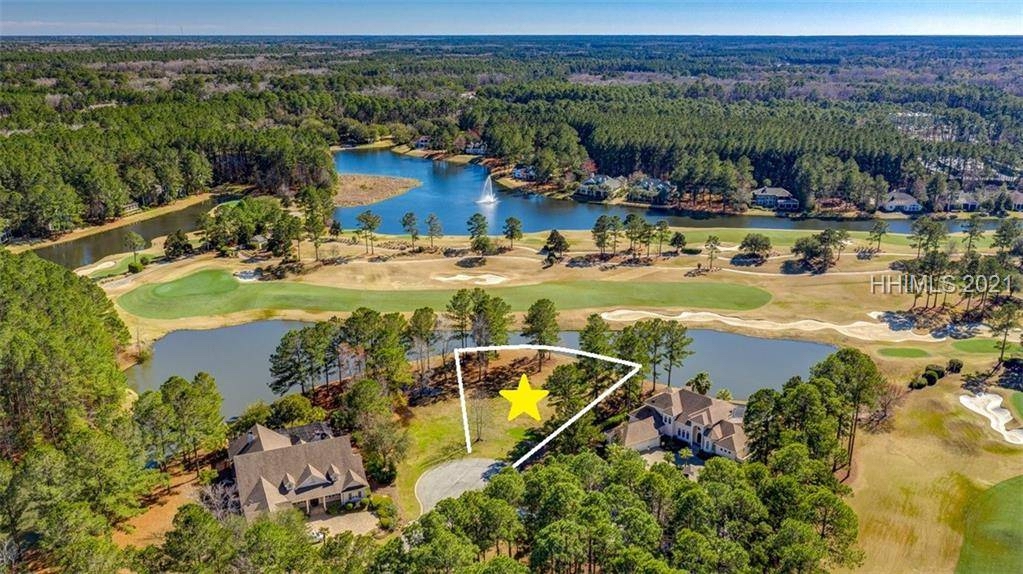It is incumbent on private clubs these days to be as creative as possible in seeking new members...and keeping the ones they already have. The most actively managed clubs do not let a good opportunity for promotion go by.
Governors Club, the 25-year old community in Chapel Hill, NC, is celebrating its Silver Anniversary this month in a big way, hosting a special dinner on September 29 with invited guests Jack and Barbara Nicklaus in attendance. Nicklaus designed the club’s 27-hole golf course under his “Signature” course banner, which indicates that he gave his full personal attention to the design.
Some club members will have the opportunity to join the Nicklauses at the dinner and cocktail party that precedes it. And during the month of September, a few new members will have the opportunity to attend the cocktail party as well. As we write this, Governors Club is offering 15 “Reserved Membership” packages to new members,
After a multi-million dollar renovation, the Nicklaus design made a significant jump on this year’s North Carolina Golf Rating Panel list, from #57 to #36. The golf course has historically been well maintained, and it is as challenging as it is well groomed, with a slope rating for the Gold tees (around 6,600 yards), depending which combination of nines you play, coming in between 134 and 137 and course ratings above 72. Not a pushover, but then not many Jack Nicklaus designed golf courses are.
If you would like more information on this one-month only opportunity at Governors Club,




